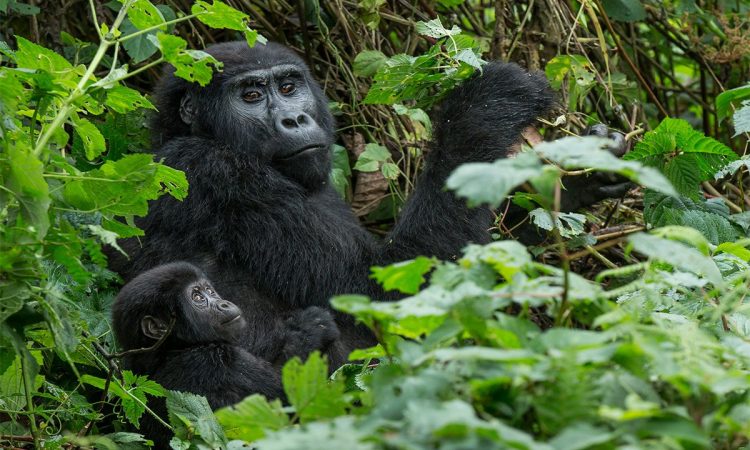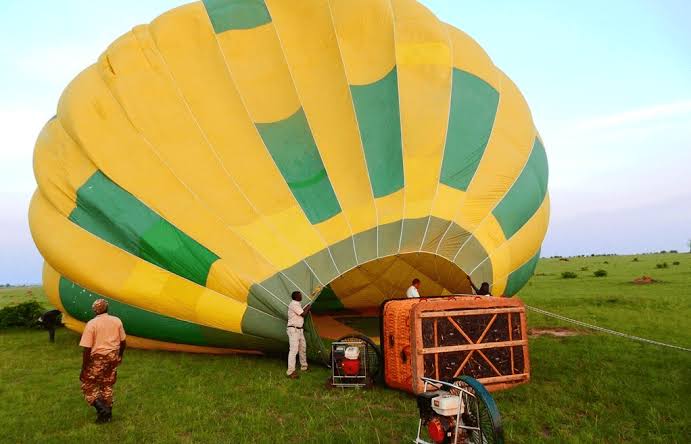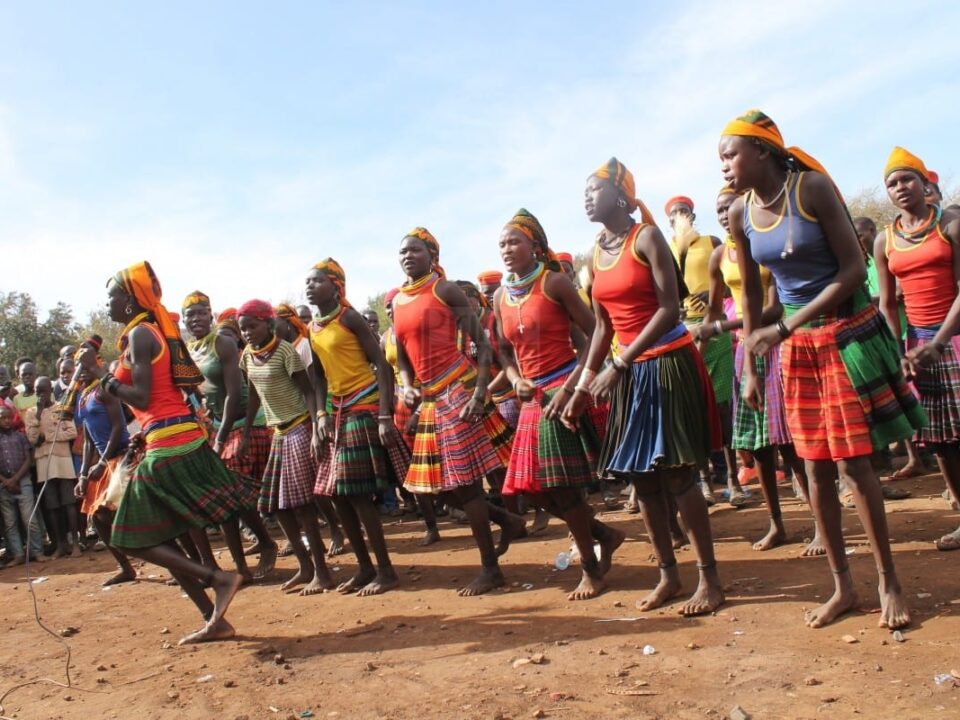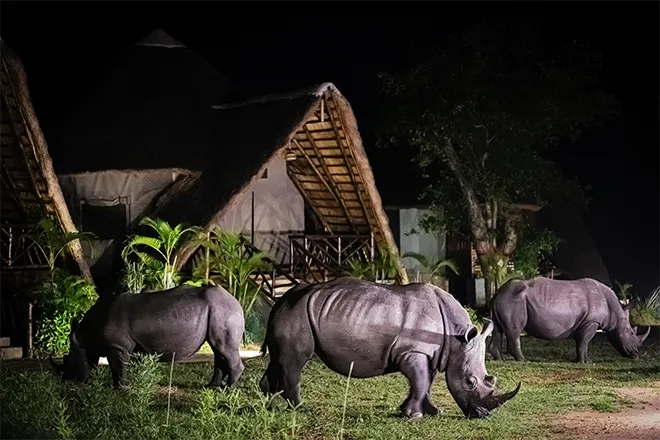- GET IN TOUCH WITH US:
- +256 753518160
- +256 777842166
- info@experiyatourcompany.com

Uganda Safari Packing List
November 20, 2025
Uganda Safari Tips for First-Timers
November 20, 2025Uganda Gorilla Trekking Tips
Uganda is one of the world’s most extraordinary destinations for gorilla trekking, offering breathtaking rainforest landscapes, spectacular wildlife encounters, rich cultural experiences, and an intimate connection with one of Earth’s most endangered species—the mountain gorilla. Trekking gorillas in Uganda is more than just a safari activity; it is a deeply emotional journey that blends adventure, conservation, and pure wonder. Whether you are planning your very first trek or returning for another magical encounter, proper preparation makes the experience more comfortable, safe, and fulfilling.
Uganda’s two gorilla trekking destinations—Bwindi Impenetrable National Park and Mgahinga Gorilla National Park—attract thousands of travelers each year. Bwindi alone hosts nearly half of the world’s mountain gorillas and more than 20 habituated families. With mist-covered hills, dense vegetation, and steep terrain, it’s an unforgettable trek that requires both physical readiness and mental preparation.
This detailed guide provides everything you need to know about Uganda gorilla trekking: practical packing tips, physical fitness recommendations, trekking etiquette, weather considerations, photography advice, what to expect on the trail, and how to maximize your chances of an extraordinary encounter with these magnificent primates. Whether you’re traveling alone, on a luxury safari, or on a group adventure, these Uganda gorilla trekking tips will help you plan with confidence and excitement.
Understand the Gorilla Trekking Locations
Before trekking, it’s important to know where the activity takes place.
Bwindi Impenetrable National Park
Located in southwestern Uganda, Bwindi is the most popular gorilla trekking destination. It has four trekking sectors:
Buhoma
Ruhija
Rushaga
Nkuringo
Each sector has different families, landscapes, and difficulty levels. Nkuringo and Rushaga tend to be steeper, while Buhoma and Ruhija offer more moderate hikes.
Mgahinga Gorilla National Park
This smaller, scenic park hosts the Nyakagezi gorilla family. Mgahinga is part of the larger Virunga region shared with Rwanda and DR Congo. It’s ideal for travelers seeking quieter trails and beautiful volcanic scenery.
Understanding these destinations helps you select the sector that suits your fitness level and travel plans.
Book Your Gorilla Permit Early
Gorilla permits are limited to protect the gorillas. Booking early ensures availability.
Current Permit Costs
Foreign non-residents: $800
Foreign residents: $700
East African citizens: UGX 300,000
When to Book
Book at least 3–6 months in advance, especially for June–September and December–February.
A reputable tour operator like Experiya Tour Company will handle permit bookings for you and arrange logistics.
Prepare Physically for the Trek
Gorilla trekking can last anywhere from 30 minutes to 6 hours or more, depending on gorilla movements. Trails are often:
Steep
Muddy
Slippery
Densely vegetated
To prepare:
Walk regularly for several weeks before travel
Practice hiking on uneven terrain
Strengthen your legs and core
Stretch regularly
Stay hydrated in the days before the trek
Being physically prepared allows you to enjoy the experience more fully.
Wear the Right Trekking Gear
Proper clothing makes the trek more comfortable.
Essential Clothing
Long-sleeved shirts: Protects against vegetation and insects
Long, lightweight trousers: Prevents scratches
Waterproof jacket: Rain is common, even in dry season
Hiking socks: Reduces blister risk
Hat or bandana: Protects from sun and sweat
Essential Footwear
Strong, waterproof hiking boots
Good ankle support
Non-slip soles
Avoid wearing sneakers—they don’t provide enough grip for steep, slippery terrain.
Pack Smart for the Trek
A small daypack is essential. Bring:
1–2 liters of drinking water
Snacks or energy bars
Insect repellent
Sunscreen
Camera and extra battery
Light rainproof backpack cover
Hand sanitizer
Tissues or wet wipes
If you tend to sweat heavily, bring a spare shirt to change into after the trek.
Hire a Porter – It’s Worth It
Many travelers underestimate the steepness of the terrain until they are on it. Hiring a porter:
Helps carry your backpack
Provides stability on steep trails
Supports local communities
Costs about $20
Often determines how comfortable your trek feels
Porters are strong, friendly, and incredibly helpful. Hiring one is highly recommended.
Follow the Gorilla Trekking Briefing
Before trekking, park rangers will give a briefing about safety and etiquette.
Pay close attention to instructions like:
How to approach gorillas
How to behave during encounters
What to avoid doing
What to expect during the trek
Gorillas are wild animals; your behavior influences your safety and theirs.
Expect Varied Trail Conditions
Bwindi’s name “Impenetrable” is accurate. Trails may include:
Thick jungle vegetation
Slippery slopes
Narrow paths
Streams and mud
High altitude conditions
Take it slow, pace yourself, and follow ranger guidance.
Maintain the Required Distance from Gorillas
Visitors must maintain a distance of 7 meters (about 21 feet) from gorillas.
This rule protects gorillas from human diseases and ensures safety.
Sometimes gorillas approach closer—stay calm and follow ranger instructions.
Stay Calm and Quiet Near Gorillas
Gorillas are peaceful by nature, but they’re still wild animals. To avoid startling them:
Speak softly
Avoid sudden movements
Don’t point or use aggressive gestures
Do not look gorillas directly in the eyes for too long (it’s a sign of challenge)
Relax and enjoy the moment.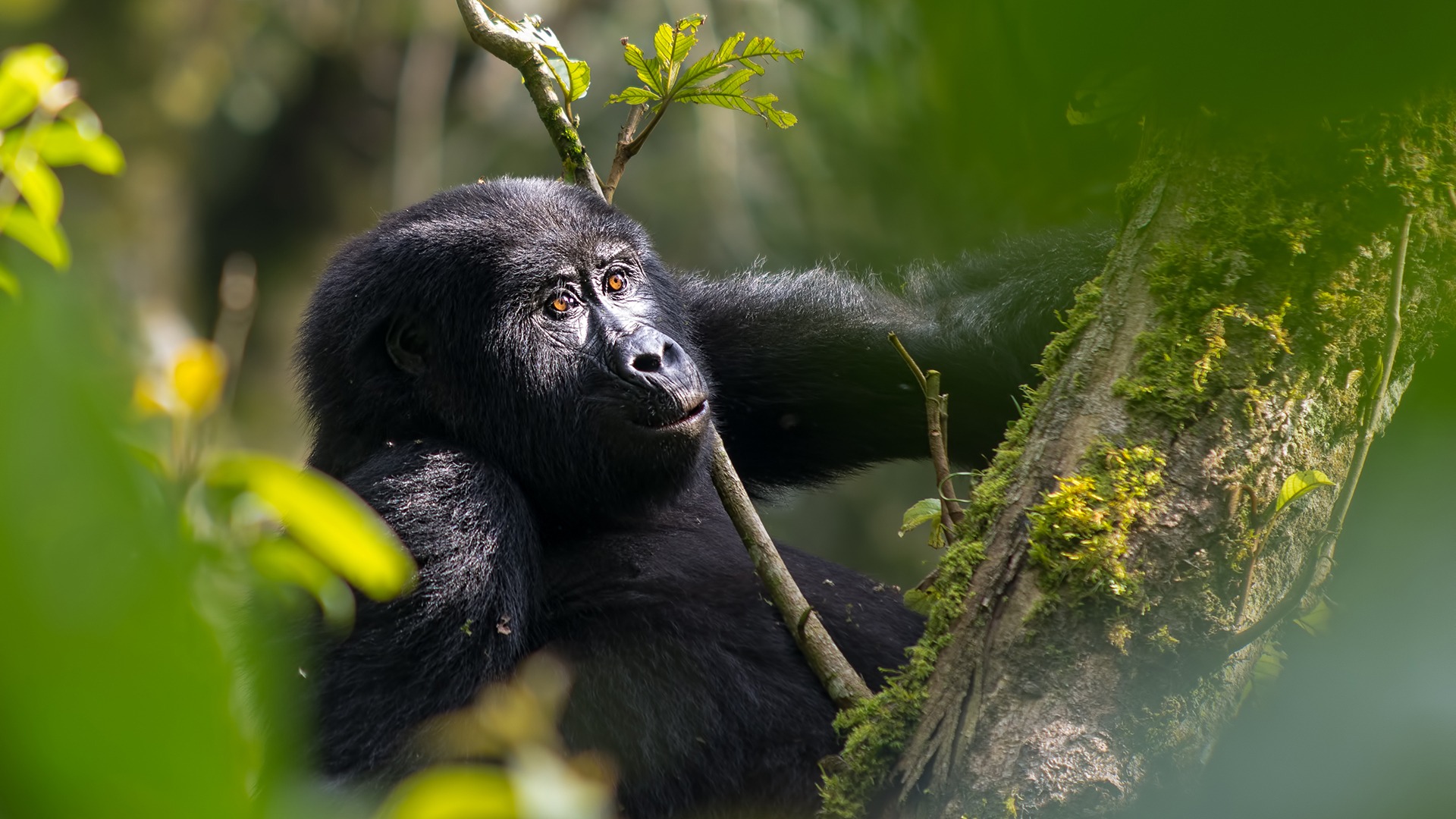
Photography Tips for Gorilla Tours
Capturing good gorilla photos requires preparation.
Best Camera Settings
Use high ISO: The forest is dim
Fast shutter speed: Gorillas move
Wide aperture: Allows more light
Other Tips
Flash photography is strictly prohibited
Keep camera protected from rain
Bring a zoom lens (70–200mm or 100–400mm ideal)
Take both close-up and wide shots
Focus on emotion—gorilla expressions are unbelievably photogenic.
Pack Gardening Gloves
Garden gloves help you hold onto branches and vines without getting scratched. They are inexpensive and extremely useful.
Wear Gaiters or Tuck Pants into Socks
This protects you from fire ants and sharp vegetation.
Gaiters are especially useful during rainy season.
Stay Hydrated and Take Breaks
Trekking at altitude can be tiring. Drink water regularly and rest when needed. Your pace does not affect the group’s ability to meet gorillas—trackers find gorillas before you start the trek.
Respect the Gorillas’ Natural Environment
Gorillas are critically endangered. Protect their habitat by:
Not littering
Avoiding loud noises
Staying on designated paths
Not disturbing vegetation unnecessarily
Your actions support conservation.
Prepare for Weather Changes
Even during dry season, Bwindi’s weather can change quickly. Carry:
A rain jacket
A pack cover
Quick-dry clothing
Fog, rain, and sunshine can all happen within one hour.
Be Ready for an Emotional Experience
Most travelers describe gorilla trekking as:
Life-changing
Emotional
Deeply humbling
Spiritual
Peaceful
Seeing gorillas up close creates a powerful connection to nature that stays with you forever.
Best Time for Gorilla Trekking in Uganda
Dry Seasons (Best Conditions):
June–September
December–February
Rainy Seasons (More affordable, lush scenery):
March–May
October–November
Gorilla sightings are guaranteed in all seasons.
After the Trek — Enjoy Bwindi’s Scenic Beauty
After your trek, relax and explore:
Community walks
Cultural visits
Waterfall hikes
Local craft shops
Traditional performances
Village tours
Bwindi is rich in culture and natural beauty.
Book Your Gorilla Trekking Tour with Experiya Tour Company
For a seamless, well-organized, and unforgettable gorilla trekking experience, book with Experiya Tour Company. They arrange permits, transport, experienced guides, comfortable lodges, and full trekking support to ensure your journey is safe, enriching, and truly magical. Book your Uganda gorilla trekking tour with Experiya Tour Company today and experience one of the world’s greatest wildlife adventures.

